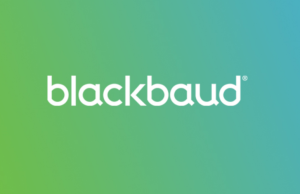The field of grant development is dynamic. “The basic elements of a strong proposal don’t change, but the environment in which funding decisions are made is in constant flux,” said Barbara Floersch, executive director of The Grantsmanship Center in Los Angeles, Calif. “The trends below remain current. Although not new, they point towards grantseeking realities we’ll be contending with over the coming year.
- Federal government grants are driven by politics, national concerns, and events. It’s a reactive process. And since state, county, and municipal budgets are affected by the gyrations of federal money, those systems are also reactive. Savvy grant-seekers stay on top of developments in their field, advocate through their national organizations, communicate with their congressional delegation, stay tuned in at the local level, and keep a close eye on the news.
- Grants.gov continues advancing. Although there have been some rumblings by users about hick-ups with the new, required Workspace function, that collaborative work environment is off the ground. The addition of forecasted opportunities to the Grants.gov search function is a good improvement, but the diligence required to keep all the necessary passwords and staff assignments current continues to plague ease of use.
- 3. In late 2017, the Substance Abuse and Mental Health Services Administration (SAMHSA) jumped into view, announcing changes in application procedures–applicants must now register with NIH’s eRA Commons. The registration process can take up to six weeks. Applicants must also maintain current registrations with the System for Award Management (SAM) and Grants.gov. If your organization does not have an active eRA Commons account, SAMHSA won’t accept your grant proposal. So, while Grants.gov is the most prominent, go-to site for federal grants work, specific funding agencies continue to throw in additional requirements to which you’ll need to be alert.
- 4. In philanthropic circles, the ongoing discussion about nonprofit overhead expenses continues. Many foundation and corporate grant makers are now looking at the full costs projects extract from the nonprofits that implement them, and are considering how to participate fairly in those costs. The new Uniform Guidance of the U.S. Office of Management and Budget now allows grant applicants for federal funds that do not have a negotiated indirect cost rate to request a 10 percent de minimis amount. The overhead expense debate will not resolve soon, but the current environment nods towards recognition of the issue’s importance.
- 5. Take your place on the Great Mandala. There’s always some flash-point lighting up society, but just now it’s more like millions of cell phone lights blinking all at once. Every nonprofit exists to pursue a mission and now’s not the time to be hesitant. Nonprofit organizations and funders alike are being called on to step out into the fray, claim their territory, and advocate for what they think is best for their community and their constituents.
- It’s a critical time to put money, muscle, and conviction into mission-driven activities, no matter your mission. Organizations that don’t take a strong stand are likely to lose relevance and support. © Copyright 2018 The Grantsmanship Center.










